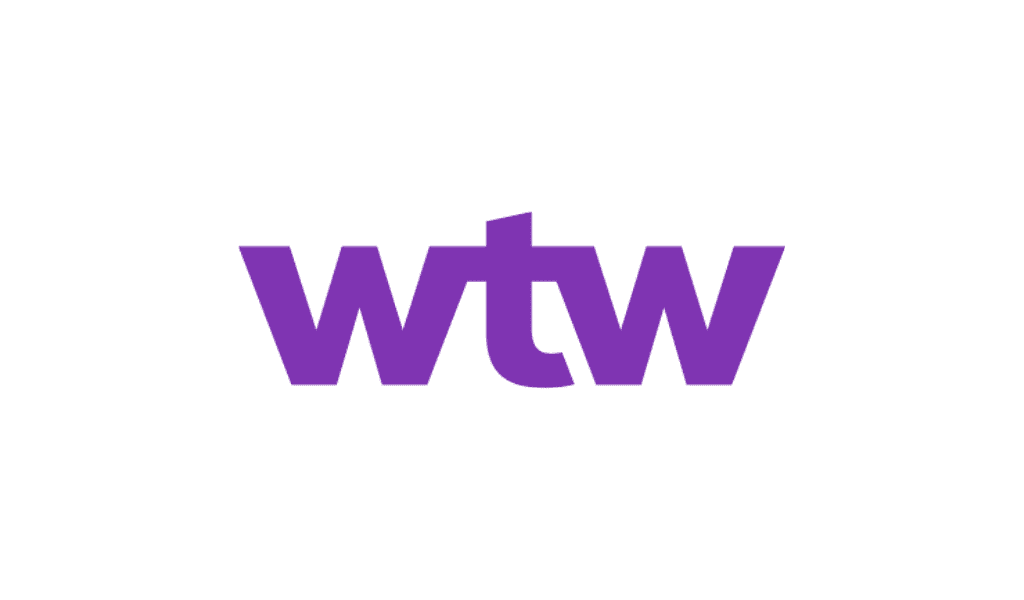The post-pandemic era of work is being shaped by technological advances, economic forces, and shifting demographics. Building on survey responses from nearly 35,000 workers in 18 countries, the ADP Research Institute’s fourth annual “People at Work 2024: A Global Workforce View” captures how worker expectations are changing.
This year will mark an important transition from a troubled, pandemic-driven economy to a new, post-pandemic world. In this new version of work, the pandemic imprint lingers, but technological advances, changing demographics, and shifting workplace norms will drive seismic change.
Global inflation has reset worker expectations on pay, demographic shifts have crowded five generations into the workplace, and pioneering innovation in artificial intelligence has created uncertainty.
Employers seeking to navigate this labor market in transition will need a keen awareness of workforce sentiment. Companies that communicate clearly, calibrate worker expectations, nurture trust, and invest in skill development can stay ahead of what’s to come.
“The pandemic left a permanent imprint on the world of work, forcing change big and small on long-standing practices,” says Nela Richardson, chief economist at ADP. “Now comes a new wave of challenges, with demographic shifts and new technologies reshaping work in real time. While global employment has stabilized, worker sentiment continues to shift in this fast-moving environment.”
Key findings from this year’s report are below.
- Cost-of-living increases influence expectations for pay. After a global bout of surging inflation, an elevated cost of living has reset worker expectations on pay. The data show workers in countries with a high rate of inflation have greater expectations for pay increases. The biggest mismatch in pay expectations globally is in Latin America, where there was a 6% gap between pay expectations and pay increases in Brazil. Approximately 77% of workers expect a pay raise in the next 12 months. The report advises employers to adopt transparent communication and fully explain corporate initiatives and the impact on issues workers care about most, including salary, flexibility, and training.
- The world’s older workers are moving into retirement and soon will be replaced by a new generation. As adults ages 25 to 34 settle into the workforce and begin to advance in their careers, they’re less likely than any other group to make day-to-day enjoyment of their jobs a priority (26%). Workers 55 and older prioritize autonomy over their time more than their younger counterparts, with 31% of workers over 55 ranking flexibility among their top priorities. Overall, flexibility and salary have become major priorities for employees.
- Building AI into workflows is a top strategic priority. For employers looking to integrate AI, building employee trust and investing in skills development is crucial. Almost half of workers agree that skill sets of the future will include technological abilities that aren’t imperative in their current job. Among workers who expect to be helped by AI, 70% are confident they have the skills they need to advance in the next three years.
- Stress is on a downward trend. With the pandemic in the rearview mirror, the percentage of employees facing daily stress continues to decline, but employers should continue to prioritize mitigating employee stress. The share of workers who say they experience stress every day has fallen from 19% in 2021 to 15% in 2023. Approximately 32% of employees say they feel moderate stress multiple times per week. No country is immune from stress, though workers in North America report a high incidence of on-the-job stress. Only 21% of people feel their employer is fully supporting their well-being, the report finds.
“This continuous evolution of work is both a challenge and an opportunity,” Richardson says. “It requires companies to be tuned in to how their workforce is adapting and feeling. If companies keep worker sentiment in mind, change can be an opportunity for growth.”















